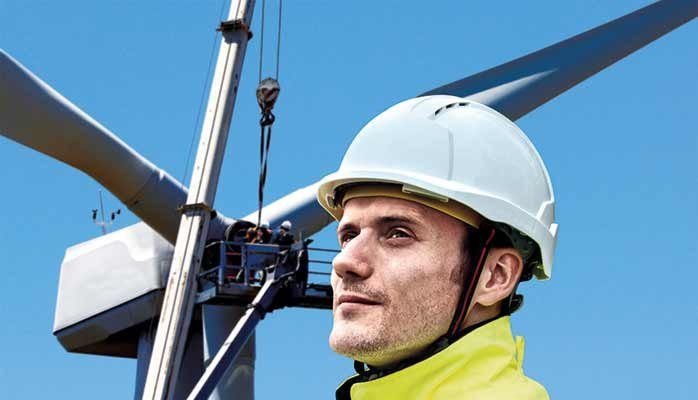PPE
Do you know the difference between EN397 and EN12492?
WHICH SAFETY HELMET SHOULD YOU CHOOSE WHEN WORKING AT HEIGHTS?
As with many other tasks, it is also important to use a safety helmet when you work at heights. It might seem a bit unnecessary if you work in an area with no risk of fallen objects, however, the purpose of the helmet is not only to protect you from impacts from above. It can also be very useful should you fall and hit your head against heavy objects. When working at heights, you will most likely be using fall arrest equipment, and should any accidents occur, you risk swinging into objects such as house facades, scaffoldings and the likes.
-
EN 397 is a standard for industrial helmets and matches the risk related to construction sites or other places where a safety helmet is crucial.
-
EN 12492 is a standard that describes the safety requirements and test methods for climbing helmets intended for mountain climbers.
The EN standards state the minimum requirements of the helmets, and in many cases they are quite similar. However, there are a couple of crucial differences that you should pay special attention to. This goes for the chin strap that can end up being more harmful than beneficial, if it is used for the wrong task.
EN 397:
- Total ventilation area less than 4.5cm2
- Chinstrap strength less than 25kg to reduce the risk of strangulation of the helmet becomes snagged
- Impact force F ≤ 5 kN at 1m
- Flame resistance – stops burning 5 seconds after the flame is removed
- Penetration against molten metal splash – burns no longer than 5 seconds
EN 12492:
- Total ventilation area greater than 4cm2
- Chinstrap strength greater than 50kg to reduce the risk of the helmet coming off in a fall
- Impact force F ≤ 10 kN at 2m
- Not flame resistance
- Not protection against molten metal splash


